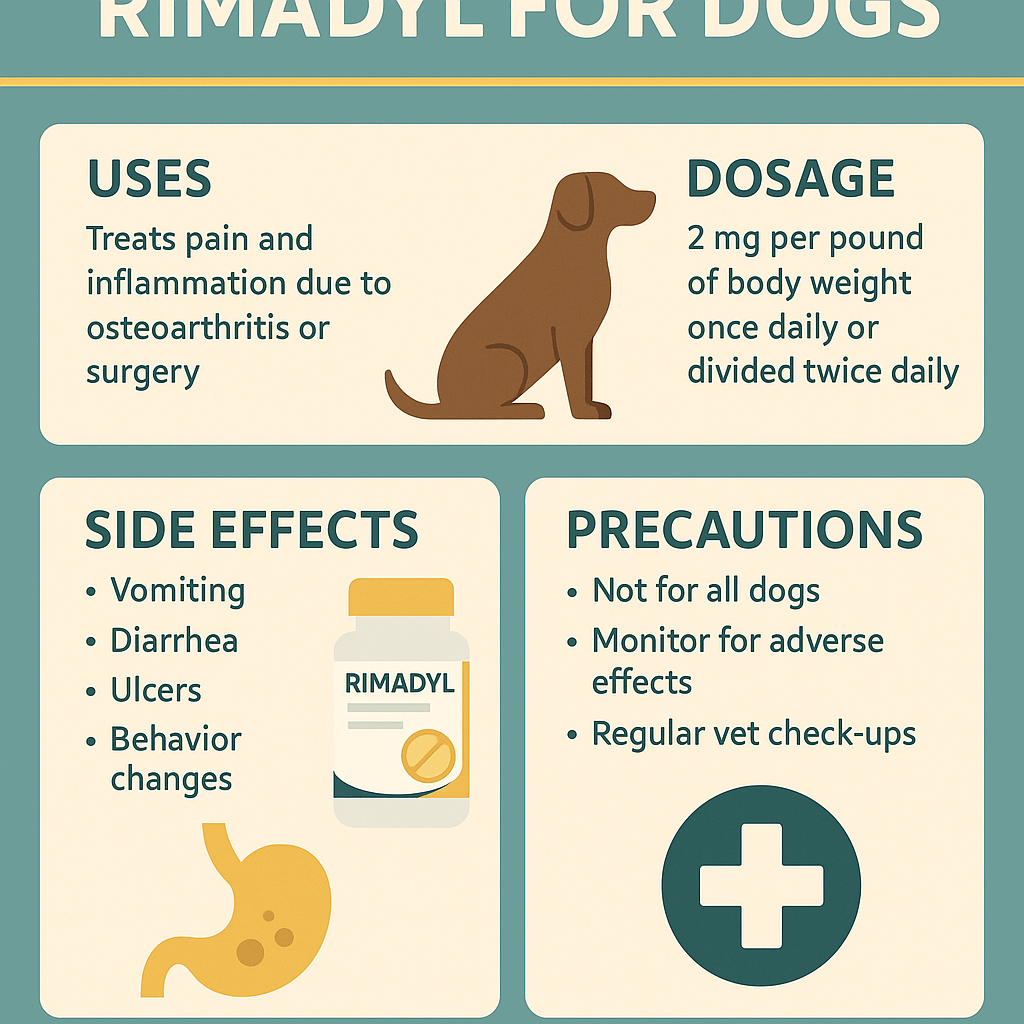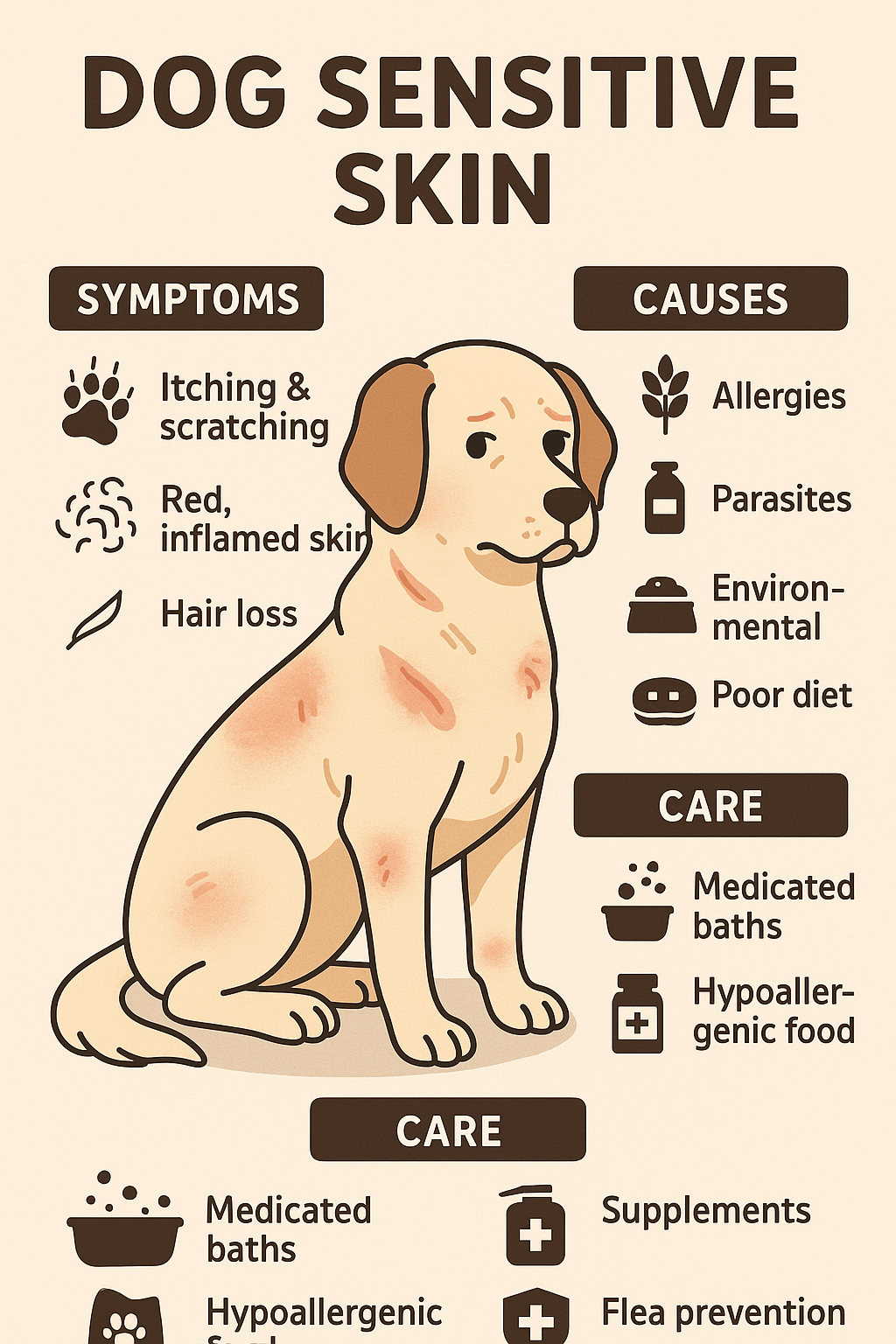How to Train a Rescue Dog: A Journey of Love, Patience, and Transformation
Bringing a rescue dog into your home is one of the most rewarding decisions you can make. These dogs often come with a past that requires understanding, compassion, and a willingness to help them heal. Training a rescue dog isn’t just about teaching commands—it’s about building trust, creating a safe environment, and nurturing a bond that will last a lifetime. Whether you’re a first-time dog owner or a seasoned pet parent, this guide will walk you through the essential steps to train your rescue dog effectively while ensuring their emotional and physical needs are met.
Understanding Your Rescue Dog: The First Step to Success
Before diving into training, it’s crucial to understand the unique needs and challenges that come with adopting a rescue dog. Every dog has its own story, and recognizing their individuality is key to fostering a positive relationship.
Take time to observe your dog’s behavior. Are they shy, anxious, or overly energetic?
Learn about their background if possible. This can provide valuable insights into their personality and habits.
Be patient. Many rescue dogs need time to adjust to their new environment.
Recognize signs of stress, such as excessive panting, pacing, or hiding.
Celebrate small victories. Progress may be slow, but every step forward is worth acknowledging.
Understanding your rescue dog’s history and temperament lays the foundation for a successful training journey. By approaching them with empathy and patience, you’ll create an environment where they feel safe and supported.
Building Trust: The Cornerstone of Rescue Dog Training
Trust is the most important element in any relationship, especially when working with a rescue dog. Without trust, even the best training techniques will fall flat. Here’s how you can begin building a strong bond with your new furry friend.
Spend quality time together. Engage in activities like walking, playing, or simply sitting quietly.
Use positive reinforcement. Reward good behavior with treats, praise, or toys to encourage repetition.
Avoid punishment. Negative reactions can damage trust and make your dog fearful.
Be consistent. Dogs thrive on routine, so establish clear rules and stick to them.
Respect their boundaries. If your dog seems uncomfortable, give them space and try again later.
Building trust takes time, but the effort you invest now will pay off in the form of a loyal and loving companion. Remember, patience and kindness go a long way in helping your rescue dog feel secure.
Check this guide 👉How to Train a Hunting Dog: Best 7 Expert Tips!
Check this guide 👉Homemade Dog Treats: Best 7 Expert Tips!
Check this guide 👉Top 5 Best Bacon Dog Treats for Ultimate Pawsome Rewards!

Training Tips | Behavioral Insights |
|---|---|
Start with basic commands (sit, stay). | Rescue dogs may have fear-based behaviors. |
Use short, frequent training sessions. | They might struggle with sudden changes. |
Incorporate playtime into training. | Positive reinforcement builds confidence. |
Focus on one skill at a time. | Anxiety can manifest as chewing or barking. |
Celebrate progress, no matter how small. | Consistency helps reduce stress over time. |
Basic Obedience Training: Setting the Foundation
Once you’ve established trust, it’s time to focus on teaching your rescue dog basic obedience skills. These commands not only improve communication but also enhance safety and control during daily interactions.
Begin with simple commands like “sit” and “stay.” Keep sessions short and fun.
Use treats or toys as rewards to motivate your dog.
Practice in different environments to reinforce learning.
Gradually increase distractions to test their focus.
End each session on a positive note, regardless of progress.
Obedience training strengthens your bond and sets the stage for more advanced skills. With consistency and encouragement, your rescue dog will soon master these foundational commands.
Addressing Behavioral Challenges: Turning Struggles into Strengths
Rescue dogs often face behavioral challenges due to their past experiences. Addressing these issues early can prevent them from becoming long-term problems.
Identify triggers for unwanted behaviors, such as loud noises or unfamiliar people.
Redirect negative actions with positive alternatives, like offering a toy instead of chewing furniture.
Consult a professional trainer if needed. They can provide tailored advice for complex issues.
Create a calming space where your dog can retreat when feeling overwhelmed.
Be patient and persistent. Change won’t happen overnight, but steady effort yields results.
By addressing behavioral challenges head-on, you empower your rescue dog to overcome their fears and thrive in their new home. Remember, every dog deserves a second chance to shine.
Socialization Tips for Rescue Dogs
Socializing your rescue dog is a critical step in helping them adapt to their new life. Many rescue dogs have limited exposure to different environments, people, or animals, making this process essential for their development.
Introduce your dog to new experiences gradually, starting with low-stress situations.
Allow them to observe other dogs from a distance before attempting direct interactions.
Use treats and praise to create positive associations during socialization.
Avoid forcing your dog into uncomfortable scenarios; let them set the pace.
Keep initial meetings with strangers brief and calm to prevent overwhelm.
Socialization helps your rescue dog build confidence and reduces anxiety in unfamiliar settings. With patience and care, they’ll learn to navigate the world with ease.
Health and Wellness for Optimal Training
A healthy dog is more receptive to training, so prioritizing your rescue dog’s physical well-being is essential. Addressing their health needs ensures they’re in the best possible condition to learn and grow.
Schedule a veterinary check-up to rule out any underlying health issues.
Provide a balanced diet tailored to your dog’s age, size, and activity level.
Ensure they get enough exercise to burn off excess energy and stay focused.
Monitor their mental health by providing enrichment activities like puzzle toys.
Establish a consistent sleep routine to support their overall well-being.
By focusing on your rescue dog’s health, you create a strong foundation for effective training. A happy, healthy dog is more likely to thrive in their new environment.
Strengthening Your Emotional Connection
Building an emotional connection with your rescue dog goes beyond training—it’s about fostering a deep, lasting bond. This connection is key to helping them feel secure and loved.
Spend one-on-one time together daily, whether it’s cuddling or playing fetch.
Learn to read their body language to better understand their emotions.
Speak to them in a calm, soothing voice to convey reassurance.
Share mealtime as a bonding experience, feeding them by hand occasionally.
Create rituals, like a morning walk or bedtime story, to establish trust.
An emotional connection strengthens your relationship and makes training more effective. When your rescue dog feels truly loved, they’ll be more willing to learn and grow alongside you.
Frequently Asked Questions About Training a Rescue Dog
How long does it take to train a rescue dog?
The timeline varies depending on the dog’s age, background, and temperament. Some dogs adapt quickly, while others may require months of consistent training.
What should I do if my rescue dog doesn’t respond to training?
Reevaluate your approach. Ensure you’re using positive reinforcement, keeping sessions engaging, and addressing any underlying anxiety or fear.
Can older rescue dogs still learn new tricks?
Absolutely! While puppies may pick things up faster, older dogs are fully capable of learning with patience and practice.
How can I help my rescue dog socialize with other animals?
Introduce them gradually to friendly, well-behaved pets in controlled settings. Always monitor interactions closely to ensure everyone feels safe.
Is it normal for my rescue dog to regress during training?
Yes, setbacks are common. Stay calm, revisit foundational skills, and continue reinforcing positive behaviors.
A Lifelong Bond Built on Love and Understanding
Training a rescue dog is a journey filled with ups and downs, but the rewards far outweigh the challenges. By focusing on trust, patience, and consistency, you can transform a timid or troubled pup into a confident and joyful companion. Remember, every dog deserves a loving home, and your dedication can make all the difference. As you embark on this adventure together, cherish the moments of growth and connection—you’re not just training a dog; you’re saving a life.
Rimadyl for Dogs: Best 7 Expert Tips! Discover expert advice on using Rimadyl safely, managing pain, and improving your dog’s mobility with trusted veterinary insights.
Can Dogs Have Tylenol for Pain? Best 7 Expert Tips! Discover the risks, safe alternatives, and expert advice on managing your dog’s pain effectively while avoiding harmful medications.
Understanding Hemophilia in Dogs: Best 7 Expert Tips! Discover expert advice on managing hemophilia, recognizing symptoms, and ensuring your dog’s well-being with practical care strategies.
Understanding Dog Sensitive Skin: Best 7 Expert Tips! Discover expert advice on managing dog sensitive skin, relieving irritation, and improving your pup’s comfort with practical solutions.





